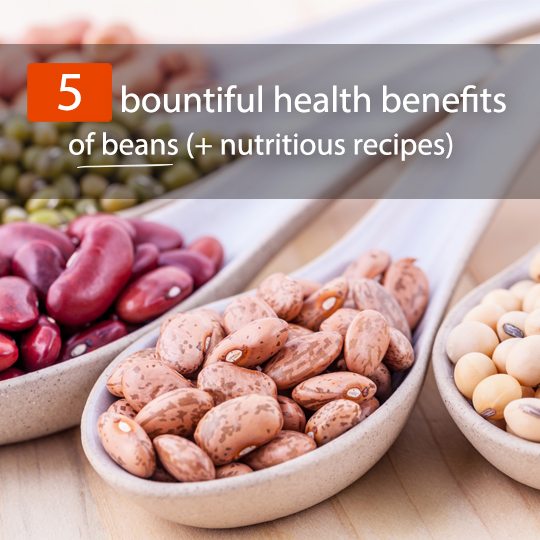Beans, beans, they’re good for your heart, the more you eat, the more you… Most of us learnt at an early age that beans were heart-healthy foods. Unlike a lot of other health myths we hear during childhood, this is not an old wives’ tale, and they are, in fact, one of the most beneficial foods you can eat to keep your heart smiling. But they actually have a number of other health benefits as well. Beans are cheap and hassle-free to cook with, and on top of that, they are one of the most nutrient-dense foods on earth, providing minerals, fiber, antioxidants and plant-based protein with very little fat…
A Brief History Of Beans
A lot of people associate beans with cowboys in the Wild West, but rarely consider them as anything special. But, the truth is, beans are extremely special! They can count as both a vegetable source and protein source all-in-one, and they contain at least a little bit of just about every nutrient the body needs to function. They can cause digestive problems with some people, but this can mostly be avoided when cooked and prepared correctly and not eaten in excess. Add to that the fact that beans are extremely cheap compared to most nutritious whole foods, and you have the perfect kitchen staple.
Beans are a type of legume, native to Central and South America – grown there for thousands of years. They are seeds from Phaseolus genus plants, and popular types include black, kidney, navy, fava and pinto. Beans were among the first cultivated crops when hunter-gatherers and nomadic people started tilling the earth and developing agricultural systems. There is evidence suggesting people in Mexico and Peru cultivated bean crops as early as 7000 BC, with the use of lentils having been traced back to 6750 BC in parts of the present-day Middle East. Fava beans, lentils and chickpeas have been found in 4,000-year-old Egyptian tombs, at the same time that soybeans were being grown in parts of present-day Asia.
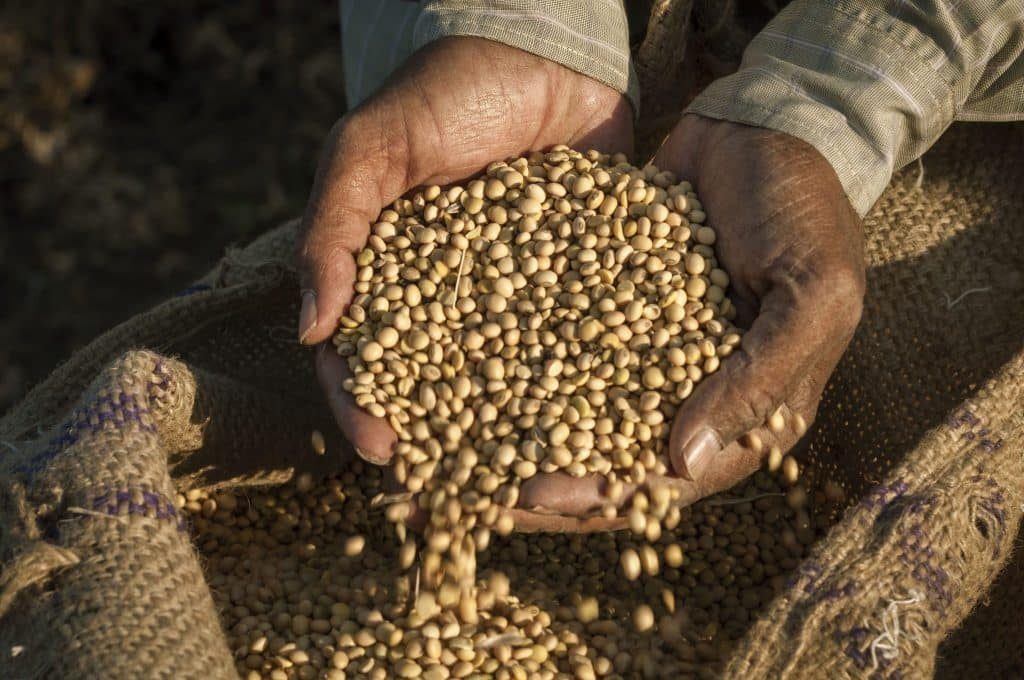
Nutritional Information
Beans differ nutritionally, depending on type and preparation method. However, most have similar nutrients, like fiber, protein and vitamins. Here is the nutritional profile of five different bean types as an introduction.
Lima Beans (Per 100g)
Calories – 115
Fat – 0g
Carbohydrate – 21g
Fiber – 7g (28%)
Protein – 8g
Iron – 13%
Pinto Beans (Per 100g)
Calories – 143
Fat – 1g
Carbohydrate – 26g
Fiber – 9g (36%)
Protein – 9g
Iron – 12%
Broad Beans (Per 100g)
Calories – 110
Fat – 0g
Carbohydrate – 20g
Fiber – 5g (22%)
Protein – 8g
Iron – 8%
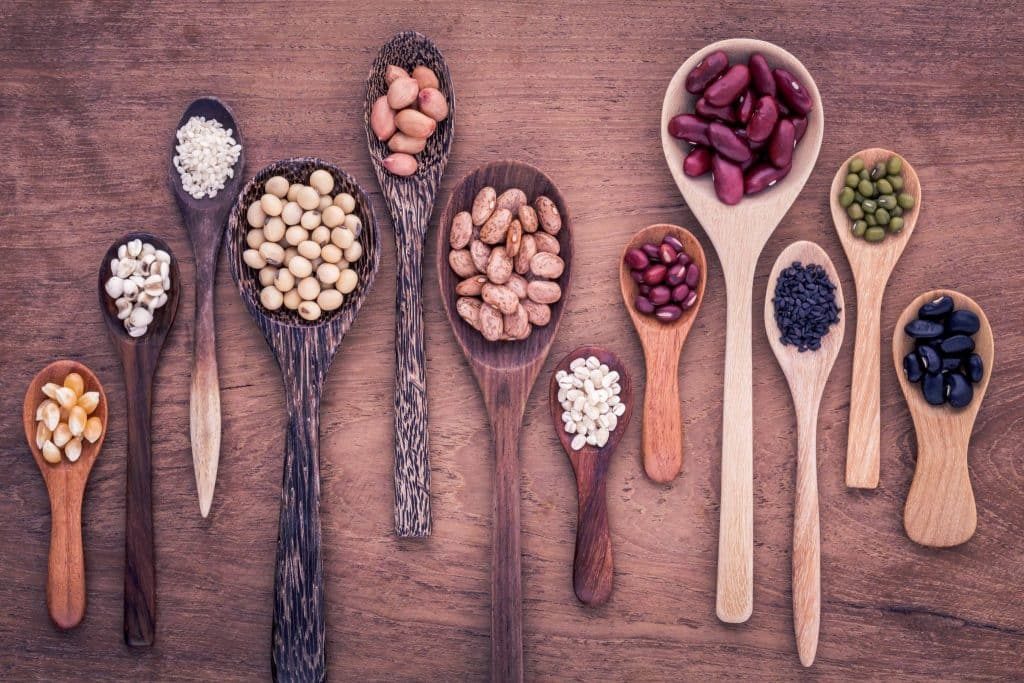
Black Beans (Per 100g)
Calories – 116
Fat – 1g
Carbohydrate – 21g
Fiber – 6g (26%)
Protein – 8g
Iron – 14%
Kidney Beans (Per 100g)
Calories – 29
Fat – 0g
Carbohydrate – 4g
Fiber – 0%
Protein – 4g
Iron – 5%
Vitamin C – 65%
Health Benefits Of Beans
Beans of all different types come with a significant number of health benefits, from improving heart function and minimizing the risk of heart disease to aiding with weight loss and lowering cholesterol. Here are five fantastic health benefits of beans…
1. Beans Improve Heart Health
People who eat more legumes have a lower risk of developing heart disease, because of their LDL cholesterol, blood pressure and inflammation-lowering qualities. The phytochemicals found in beans are believed to be partially to thank for this, because they can help protect against these harmful health problems.
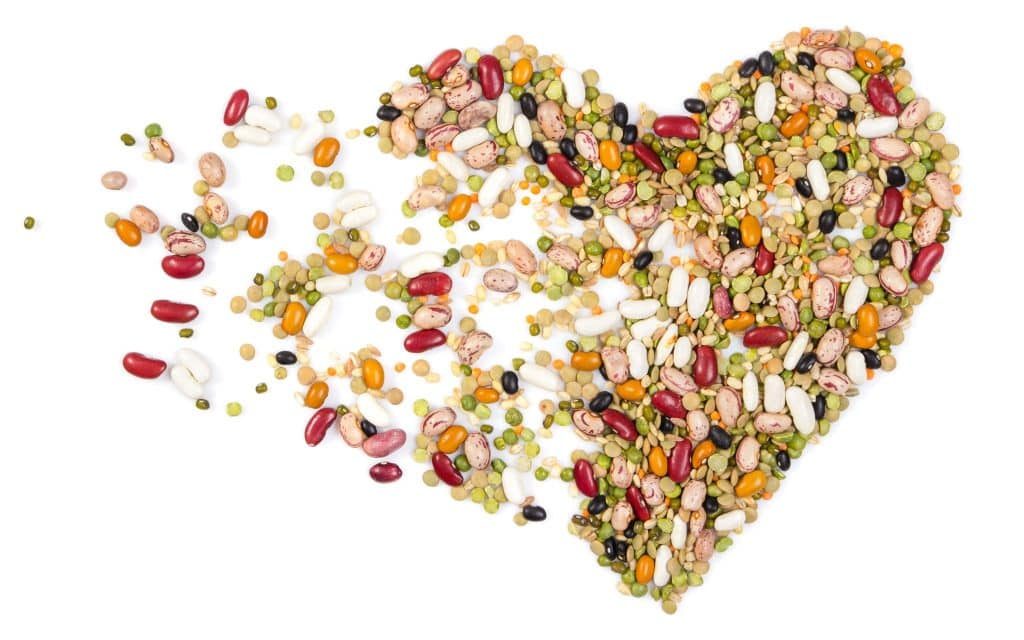
A review of 26 studies found that LDL cholesterol could be significantly lowered through a diet rich in beans and other legumes, which reduces the risk of heart disease. Beans have also been found to potentially lower blood pressure, improve HDL (good) cholesterol levels, and reduce inflammation.
2. Beans May Lower Cholesterol
The soluble fiber found in beans helps control blood cholesterol levels. According to research, around 1 cup of navy beans, which provides about 10 grams of soluble fiber, reduces LDL (bad) cholesterol by around 10 per cent. Soluble fiber forms a gel in water, which helps bind acids and cholesterol in the intestinal tract. This prevents them from re-absorbing into the body, and may be the reason it helps lower cholesterol levels and decreases the risk of heart disease.

The saponins in black beans potentially help lower cholesterol levels by reducing its absorption into the body. Similarly, phytosterols, the plant form of cholesterol, found in beans, may help lower LDL cholesterol levels by binding to the sites on the cells in the small intestine, where LDL cholesterol would usually bind in order to be absorbed. This allows the plant sterols to block absorption of LDL cholesterol from other food, or cholesterol produced by the liver.
3. Beans Can Help With Weight Loss
Beans may have a reputation of making you feel bloated, heavy and full, but they can actually be a fantastic addition to a weight loss diet or healthy lifestyle. A relatively small serving of beans makes you feel full quickly, and keeps you fuller for longer than many other popular foods, because of their high fiber content. This fills the stomach and helps slow down the rise in blood sugar, minimizing the risk of a sugar crash or cravings later in the day. On top of that, the nutritious food staple gives you a steady supply of energy for several hours.
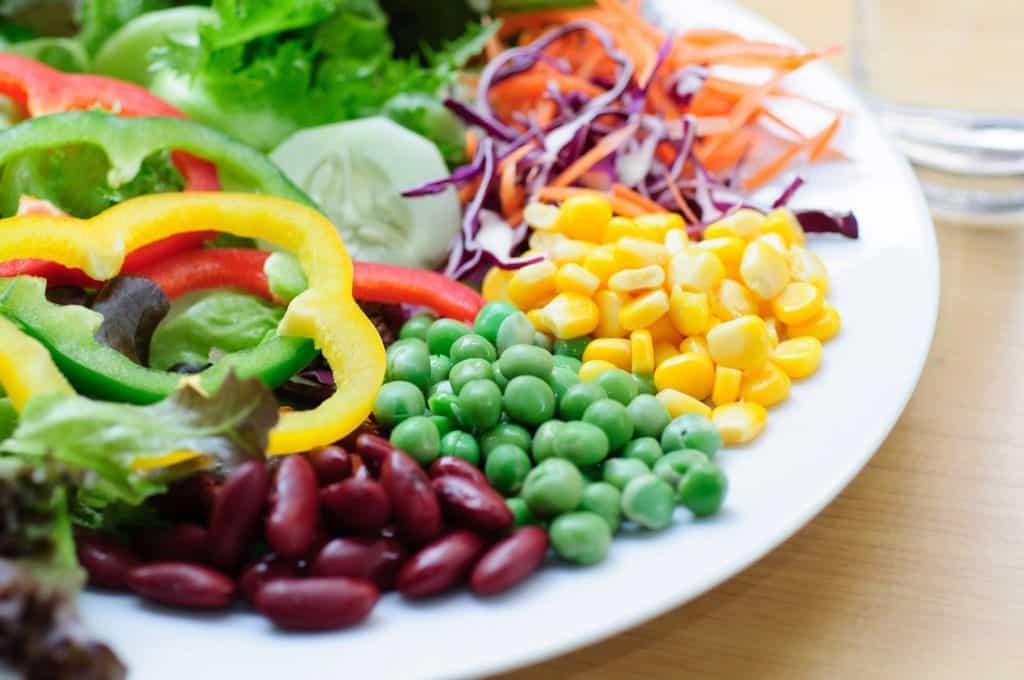
As well as being high in soluble fiber, beans are also high in protein, while being low in calories. Research also found bean consumption to be linked to improved nutrition, reduced systolic blood pressure, lower body weight and less belly fat in adults. According to the study, bean consumers had higher intakes of dietary fiber, potassium, magnesium, iron and copper than non-consumers of beans, as well as lower body weight, a smaller waist size, and a reduced risk of increasing waist size and obesity.
4. Beans Are High In Protein
All beans are considered high-protein foods, but some types have more protein per calorie or gram than others. Soybeans, for example, are extremely high in protein, and contain all the amino acids your body needs. Similarly, black beans are one of the best bean sources of protein, with 15.2 grams of protein in every cup – almost 1/3 of your recommended daily intake.

Protein is an extremely important part of your daily nutrition. The body uses protein to repair tissues, and hair and nails are made up of mainly protein. Dietary protein is an important component of every cell in the body – used to make enzymes, hormones and chemicals in the body as well as being a building block in the development and sustained health of bones, muscles, skin, cartilage and blood. Protein is a macronutrient, which means the body needs a lot of it to stay healthy, compared to vitamins and minerals, for example, which are micronutrients, meaning the body only needs small quantities of them. The body doesn’t store protein like it does other macronutrients, including fat and carbohydrate, so it needs a new supply every day.
5. Beans Help Manage Diabetes
The balance of complex carbohydrates and protein in beans provides diabetics with a much needed slow, steady source of glucose throughout the day. Beans are low GI and high in fiber, which helps regulate blood sugar levels. Low GI foods raise blood sugar slowly, with one study finding insulin, blood sugar and triglyceride levels were significantly decreased when diabetics ate beans instead of red meat.
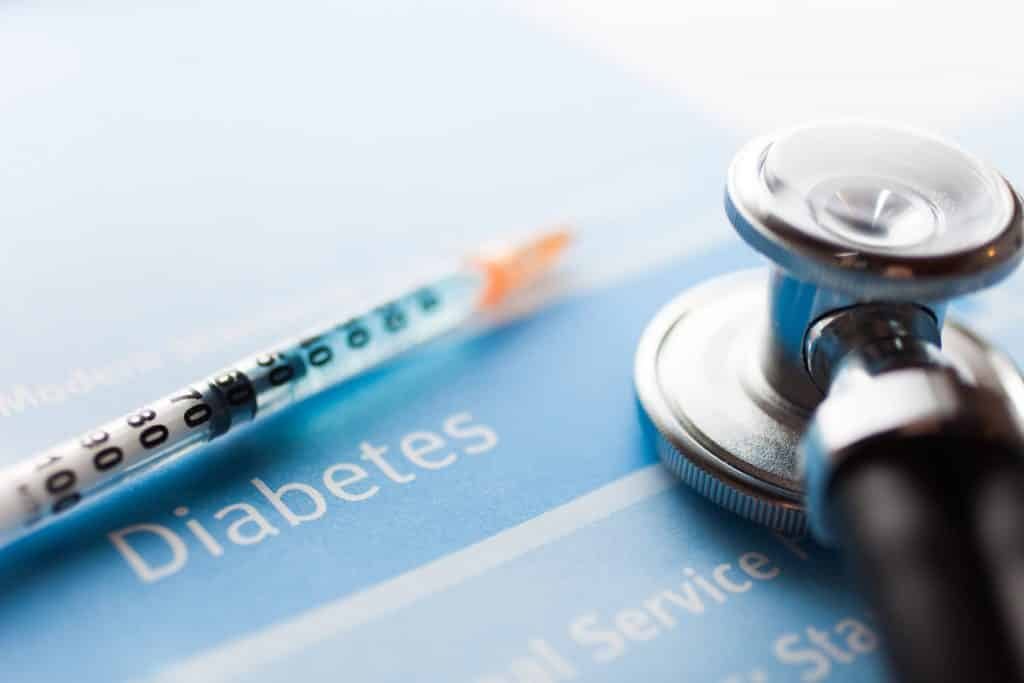
Risks Of Over-consumption
Although beans are an incredibly healthy, nutritious, whole food option, the fiber can be very difficult for the body to digest, which can lead to cramping. Fiber moving straight through your system is very healthy, but if you consume too much in one go, it can temporarily slow down your bowels, causing painful cramps. If you are constipated, beans can help you get things moving again, because the fiber moves food through your intestines. However, too many beans can take that to the next level, potentially causing diarrhea. The fiber can also cause flatulence when the bacteria in your intestines reacts to it. This isn’t anything to worry about, and is a healthy bodily function, but it’s something to be aware of if you have a first date coming up!
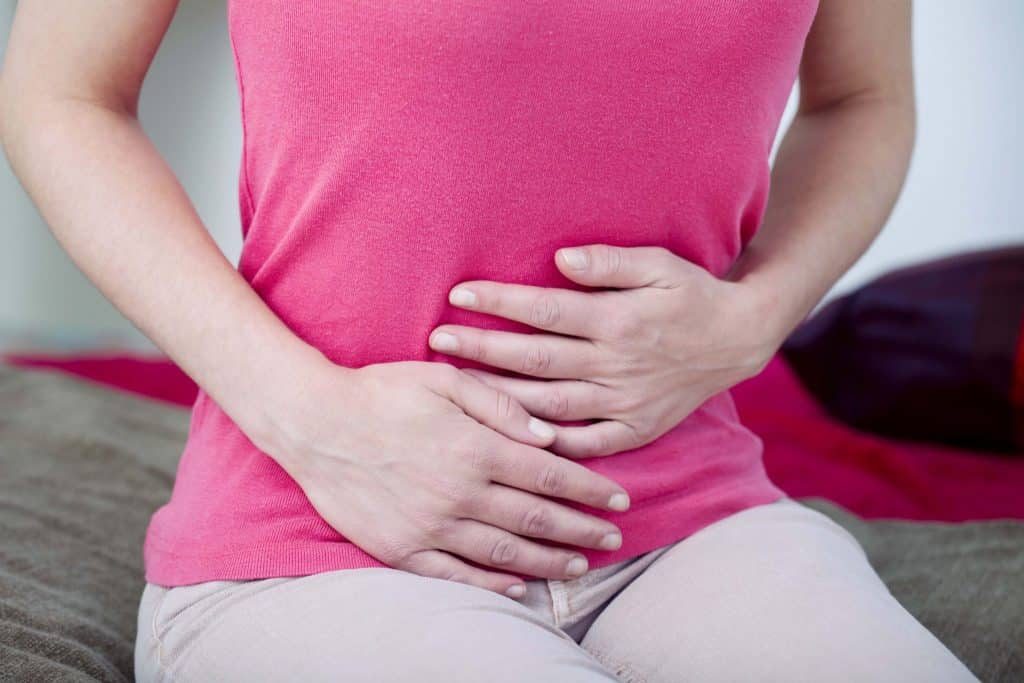
If you have digestive or bloating problems from too many beans, you can try boiling them to soften their fiber content, and drinking plenty of water to help the fiber and food move through your digestive tract more proficiently. It is also important to eat beans in moderation. Around ½ a cup per day is generally the recommended amount, increasing to that amount gradually if they are not already a part of your diet.
Recipes
Beans don’t tend to feature all that much in Western dishes, and you might be wondering how you can add them to you diet, without just opening a can of baked beans and spreading them on toast! Here are eight nutritious, filling, flavorful and exciting salads and dishes featuring fiber and protein-rich beans for a hearty meal!
Smoky Millet Pinto Bean Patties – These protein and fiber-rich burgers are the perfect healthy barbecue option – tender and moist on the inside and crunchy on the outside. They are packed full of flavor and vitamin-rich vegetables for a filling summer meal!
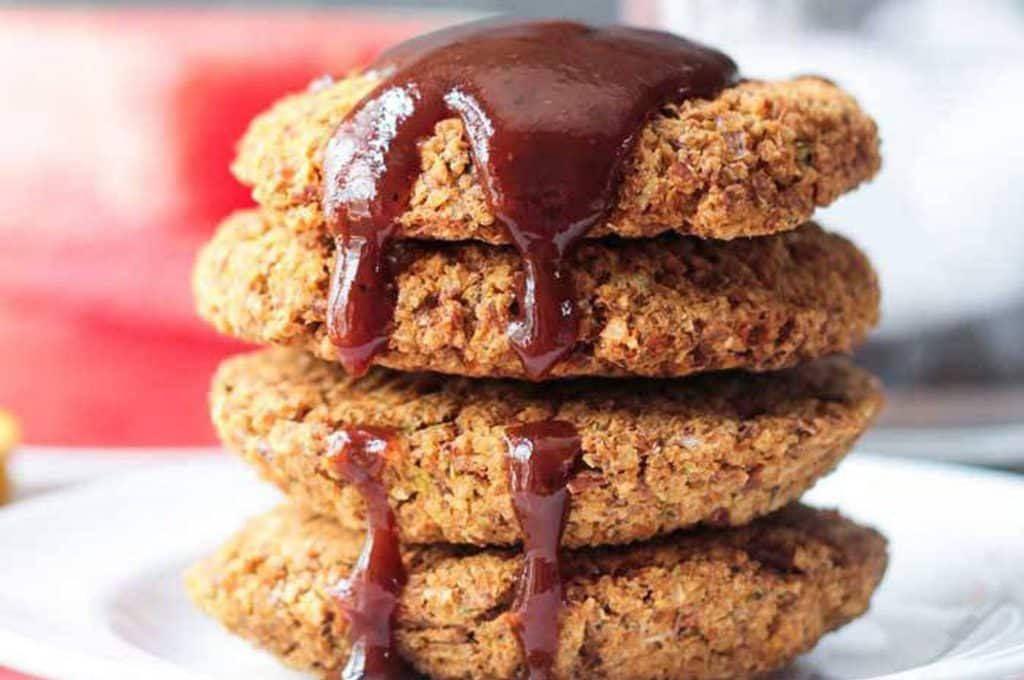
Black Bean Corn & Avocado Salad – This wholesome, healthy salad is the perfect throw-together option for any party or gathering, and if you really want to impress, this recipe includes ‘homemade’ tortilla chips! Filled with nutrient-rich ingredients, including black beans, avocado, tomato and corn, and finished with a flavorful, refreshing lime and cumin dressing, it is the perfect option for spring and summer!
Five-Minute Mexican Salad – This super easy, super quick salad takes just five minutes to prepare. It is vegan and gluten-free, but is packed full of flavorful, filling, satisfying and colorful ingredients. Despite the word ‘salad’, this is a hearty meal, worthy of being dished up as a main course.
Baked South Indian Fava Bean Fritters – This delicious recipe includes South Indian Masala Vada spiced fritters with chana dal. They kind of look like falafels, but the blogger suggests baking them for best results instead of deep-frying. They are served with refreshing green chutney that works perfectly with the early cool-season legume, fava, which has a distinct earthy taste.
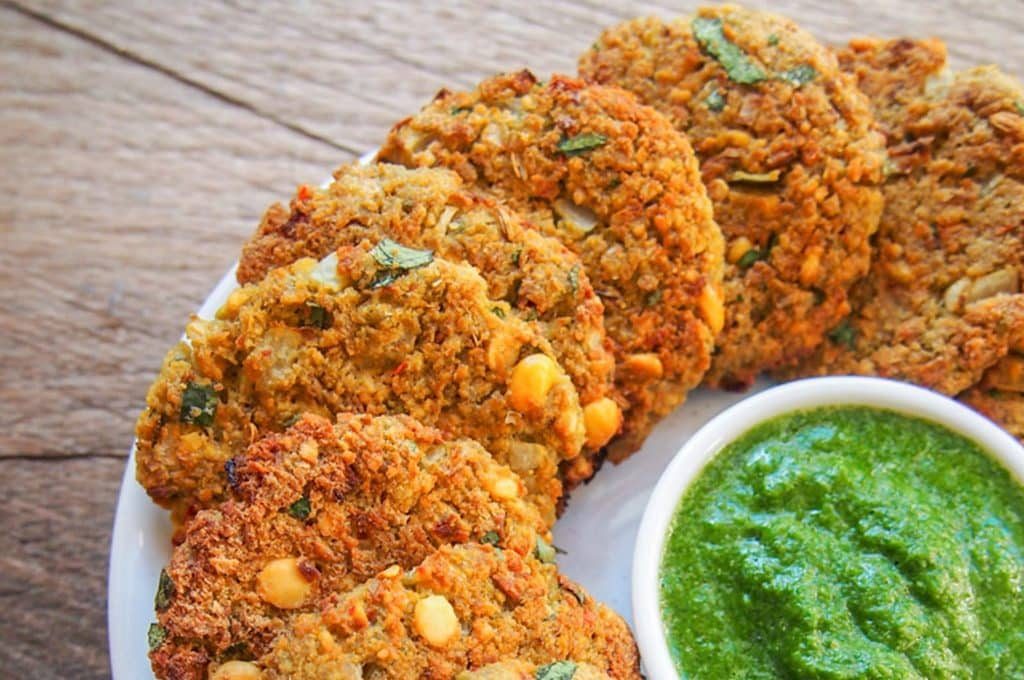
Beet Veggie Burgers – These ‘superfood’ patties are packed full of incredibly nutritious, fiber-rich ingredients, including black beans, quinoa and chia seeds, as well as vitamin-rich beetroot, which creates a beautiful maroon-colored burger! Add to that kale, avocado and onion, and this burger will keep you fueled and healthy for the day.
Burrito Stuffed Peppers – These beautifully colorful burrito-inspired stuffed peppers are vegan, gluten-free, grain-free, soy-free, quick and easy to make, ultra-healthy and low in calories, but nice and filling! Phew, that’s a lot of selling points. Convinced to try them yet? Full of healthy, fiber and vitamin-rich ingredients, including bell peppers, olive oil, garlic, onions, beans, tomato and corn, they are an impressive and nutritious choice for any dinner party, barbecue, or even just dinner at home.

Mexican Green Mole With Beans & Pico De Gallo – This colorful, vibrant dish is zesty, fresh and lighter than traditional mole recipes. The base is made from toasted sesame and pumpkin seeds, which add a rich nutty flavor, with lots of herbs, green bell peppers and lettuce added to it, creating a beautiful color and delicious taste!
Chicken Enchilada Soup – This easy-to-prepare creamy chicken soup is made with black beans, corn, tomatoes and cheese, for a hearty, filling and warming meal. As well as its many textures, this soup is creamy and spicy at the same time, with meat and vegetables in one spoonful, and fiber-rich beans that fill and satisfy the belly.



